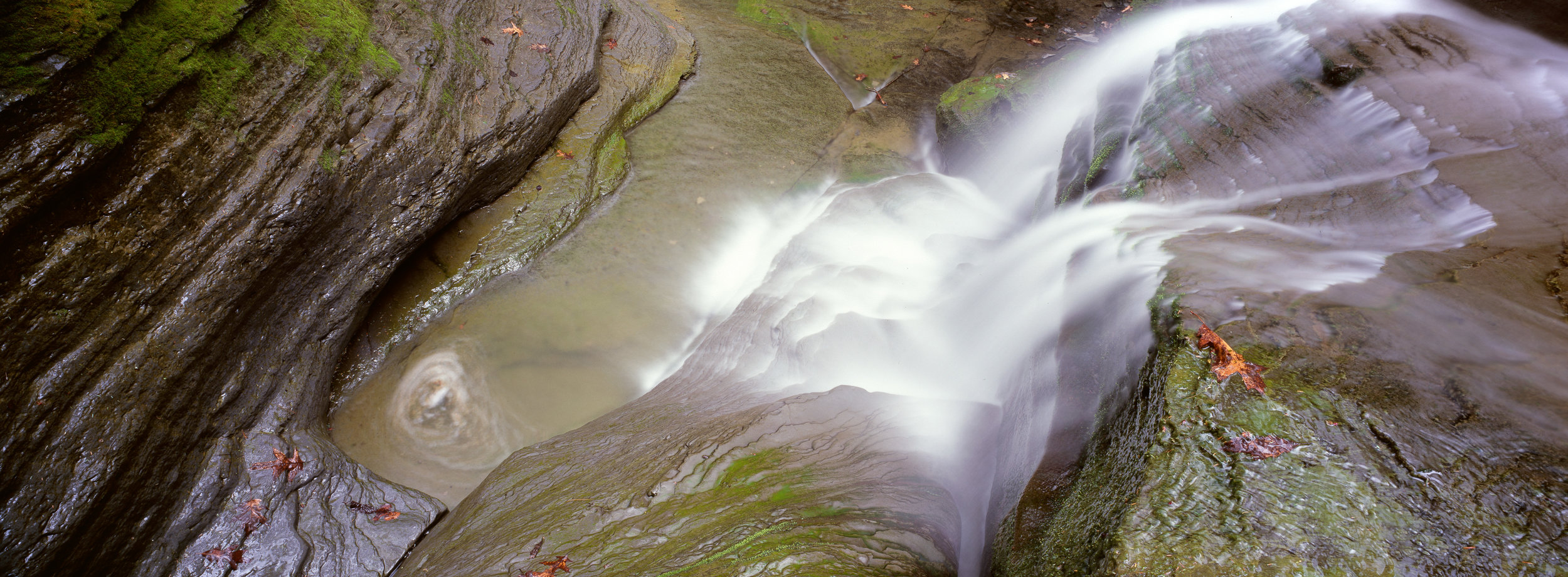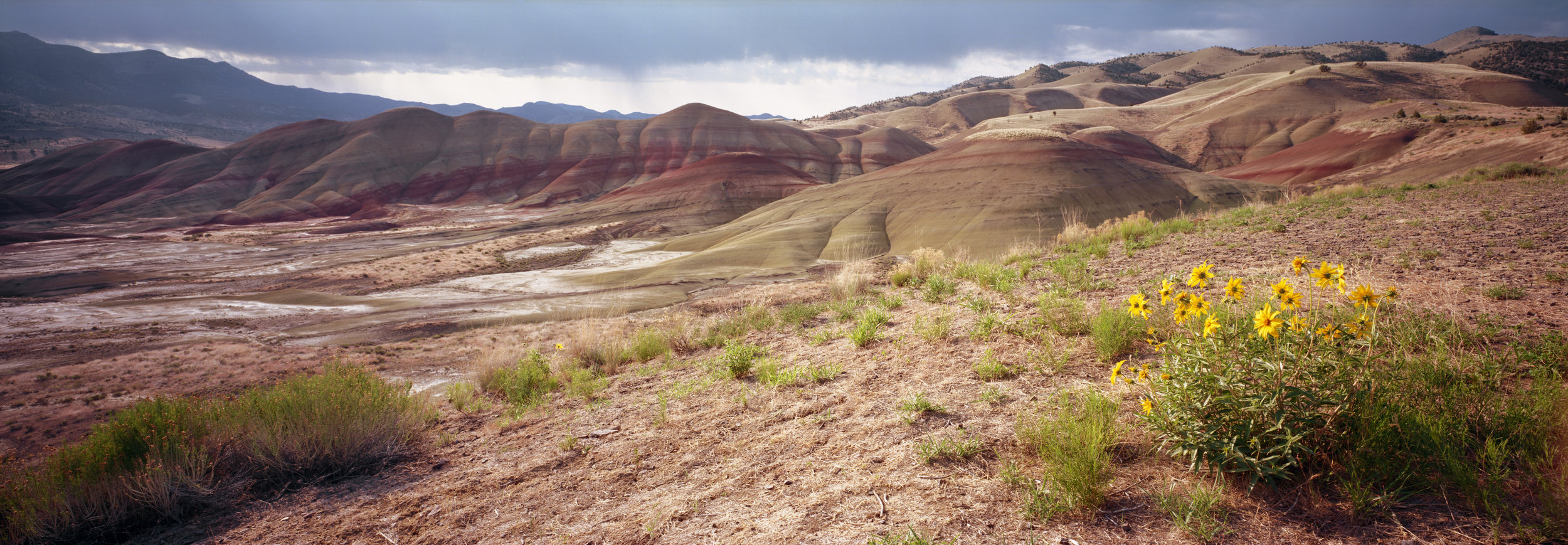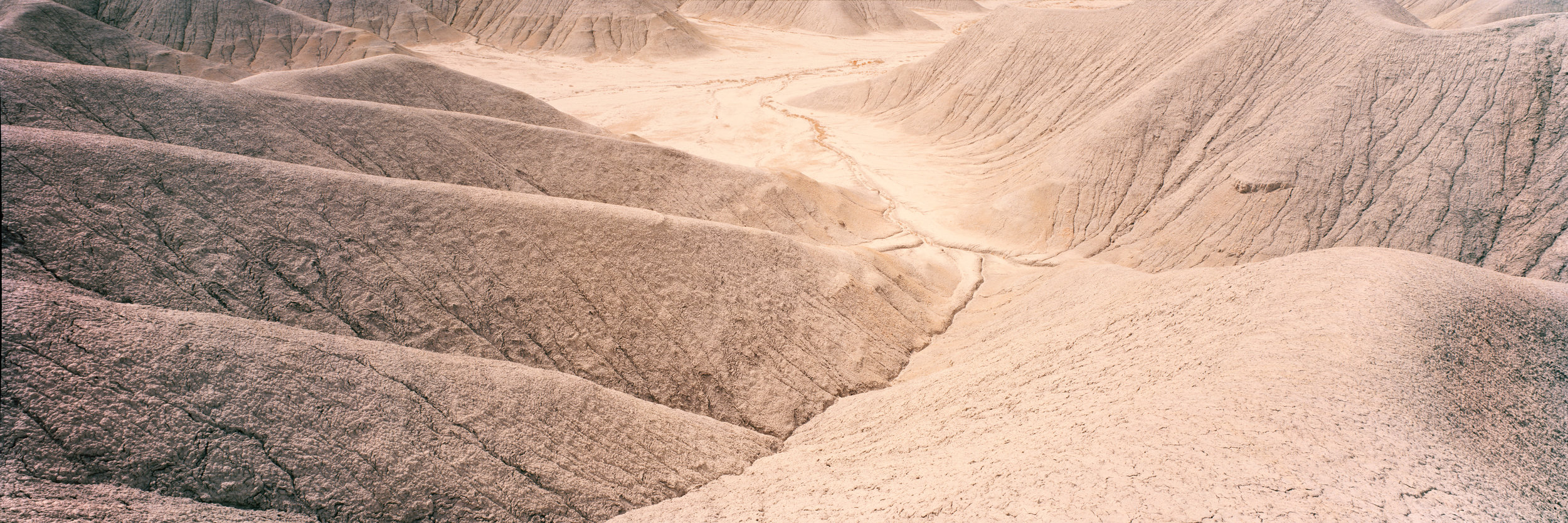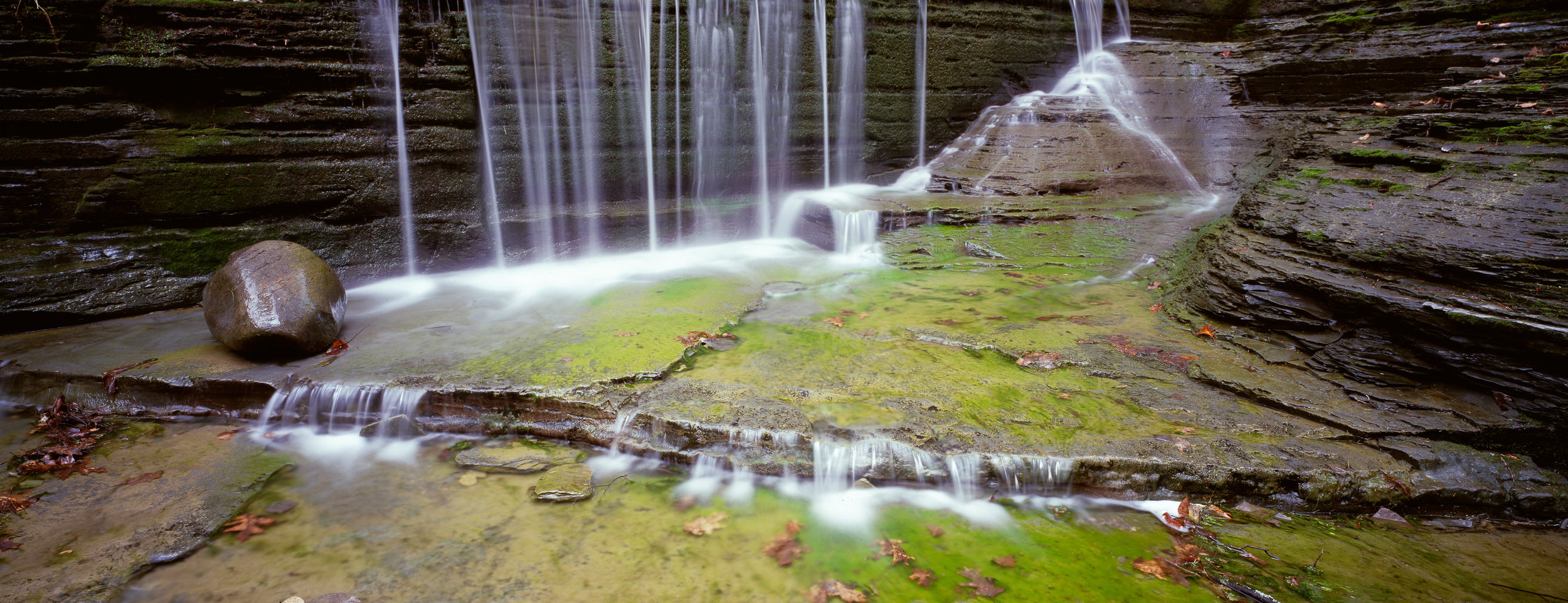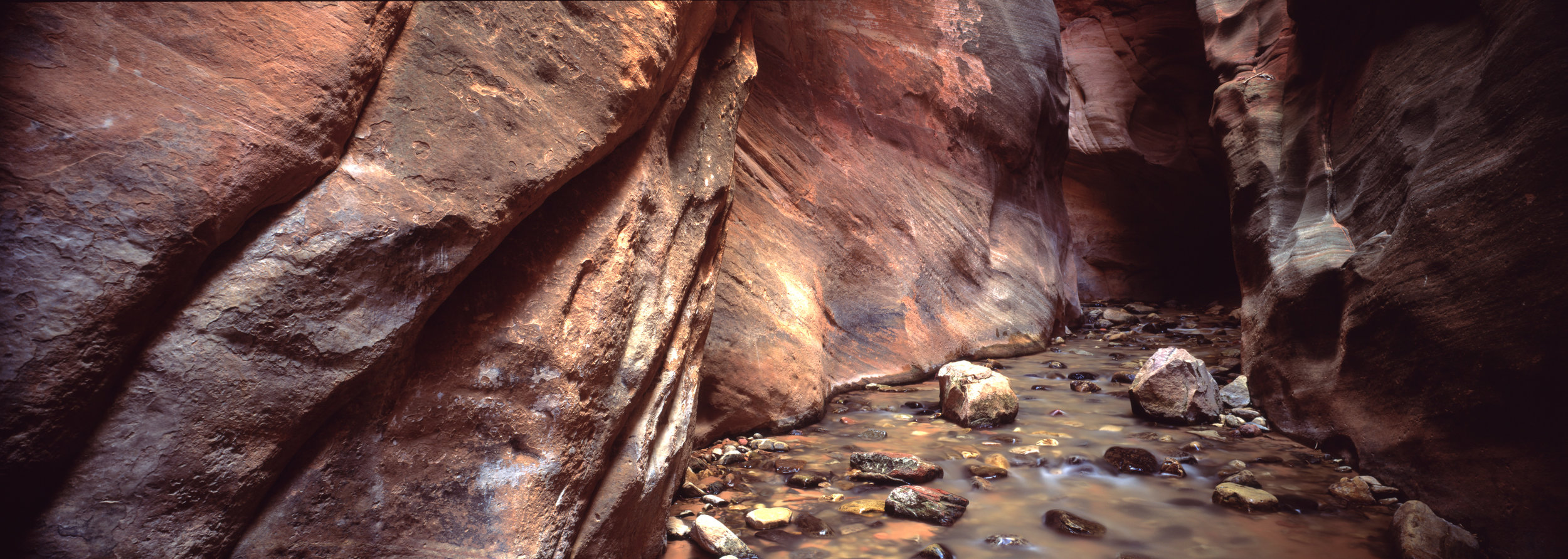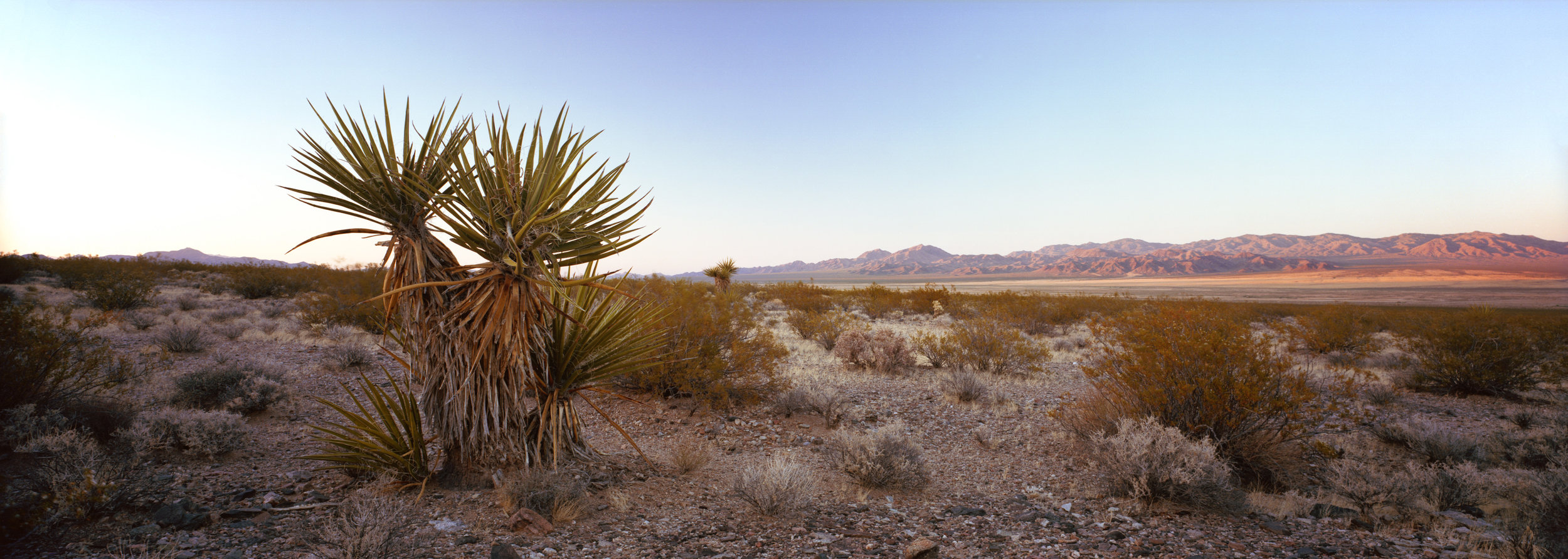I’ve been hankering after a 6x17 camera for quite some time now, mostly inspired by the work of Alex Burke, who’s been very helpful over email, and whose beautiful work is truly on another level. While the most popular camera in this segment is the Fuji GX617, after some thought, I opted for the Dayi 617, a Chinese made-to-order camera that’s still in production. I chose the Dayi because liked the idea of both being able to use it in “viewfinder-and-shoot” mode, as well as the option to install a ground-glass and use it in “view-camera” mode, when more precise focus and composition are desired. I received the camera about 5 weeks after placing my order, and was excited to take it out for a spin. I’ve owned the camera for about 6 months now, and have shot ~30 rolls of film with it, mostly color. I’ve used it exclusively with a Fujinon SWD 75mm f/5.6 lens, which has been great. I also purchased a 180mm lens as well, which I’ve daydreamed about trying to build my own adapter/lens cone for, but so far this has remained in the realm of imagination.
I mostly meter with my X-T2 digital camera, performing a bit of mental math to adjust for film speed, aperture stopped down beyond f/22, and filters. Mostly, I manage to get this right, but I’ve certainly screwed it up in the heat of the moment a few times.
Build-wise, the Dayi is a solid block of machined aluminum. No complaints there. The moving parts all get the job done, and the light seals haven’t caused any issues for me. The first roll I put through the camera was really quite stiff to wind, and I found it is a good idea to hold a finger on the bottom of the pin holding the take-up reel on the outside of the camera — I had one incident where the film spool popped out of its niche and spun freely instead of turning with the take-up knob, resulting in a ruined roll. Since then, I’ve gotten the hang of it, although it does take some care watching the backing of the film through the hole in the pressure plate to make sure you don’t wind too far. All in all, however, the camera does exactly what is promised, and it does a satisfactory job. Of course, the camera doesn’t do much for you beyond holding film and a lens. All the metering, focus, winding, etc is entirely manual.
I’ve certainly enjoyed the ability to compose with a ground glass, especially when I’m shooting a close-up subject (like the waterfall scenes below) and when the lighting is static and I can take my time. I only have two complains with using the camera in this mode. Firstly, compared to a true view camera, it’s quite finicky to swap the ground glass for the film holder. The metal latches holding the back in place are a bit tricky to get seated properly, and you need to have a convenient, clean, dry spot to put the ground glass down when making an exposure. In a wet and tight environment like a gorge, this isn’t guaranteed — on several instances, I found myself awkwardly clamping the ground glass between my knees while crouching over my tripod, standing in rain boots in ankle-deep water. My second complaint is that with a wide-angle lens such as the 75mm, the ground-glass is really quite poorly illuminated in the corners, even when using the helpul but fiddly shade provided. This is a shame, as naturally when trying to compose precisely, the most important parts of the frame to see are the edges. I attempted to make my own fresnel insert, which didn’t seem to make much of a difference. I’m sure this would be less of an issue with a longer lens.
Due to the aforementioned challenges of “view-camera” mode, I’ve mostly used the camera in “viewfinder-and-shoot” mode. It works great like this - the provided viewfinder isn’t perfect, but works pretty well, especially for broader vistas where the exact borders of the frame aren’t critical. I simply compose, guess the focus, remove the darkslide, fire the shutter, wind, and repeat. Compared to using the ground glass, this has the advantage that I can leave the lens stopped down, removing one potential source of error.
All in all, I’m very happy with my Dayi. I can see the appeal of the more polished Fuji system, but I do appreciate the flexibility of the dual-natured Dayi, as well as the ability to use any lens I like. It certainly raises some eyebrows when other photographers first see it. Now I only wish I could find a center-ND filter for the 75mm lens, as the fall-off is non-insignificant, and can be tricky to correct in post, especially when compounded by film with a very limited dynamic range, such as Velvia 50.
Here are some of my first images with the Dayi. Look at captions for location, film, and exposure information. And let me know if you have any questions!


